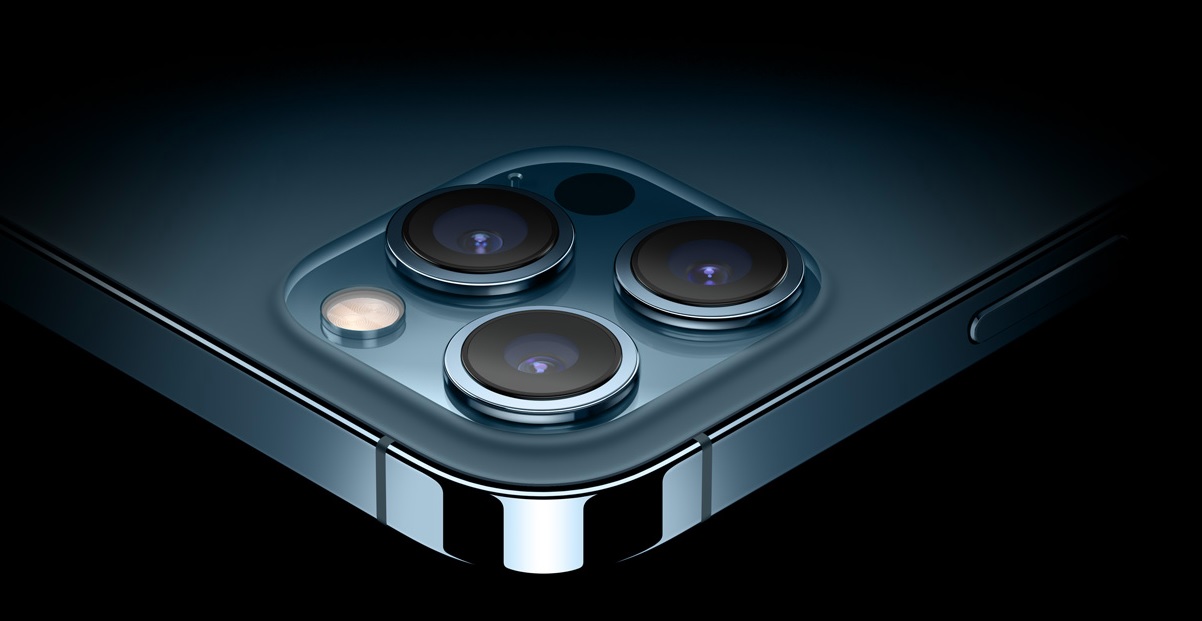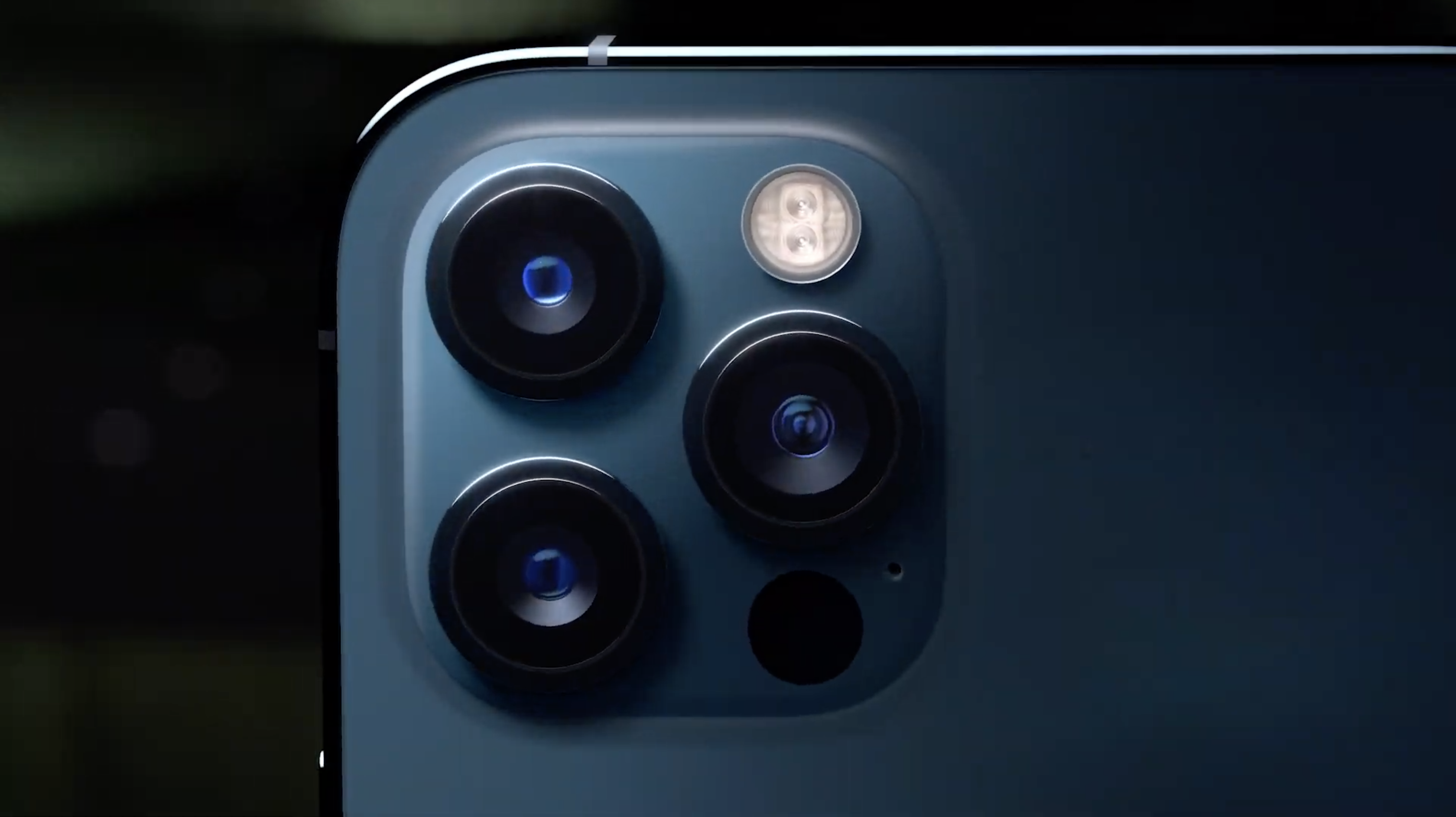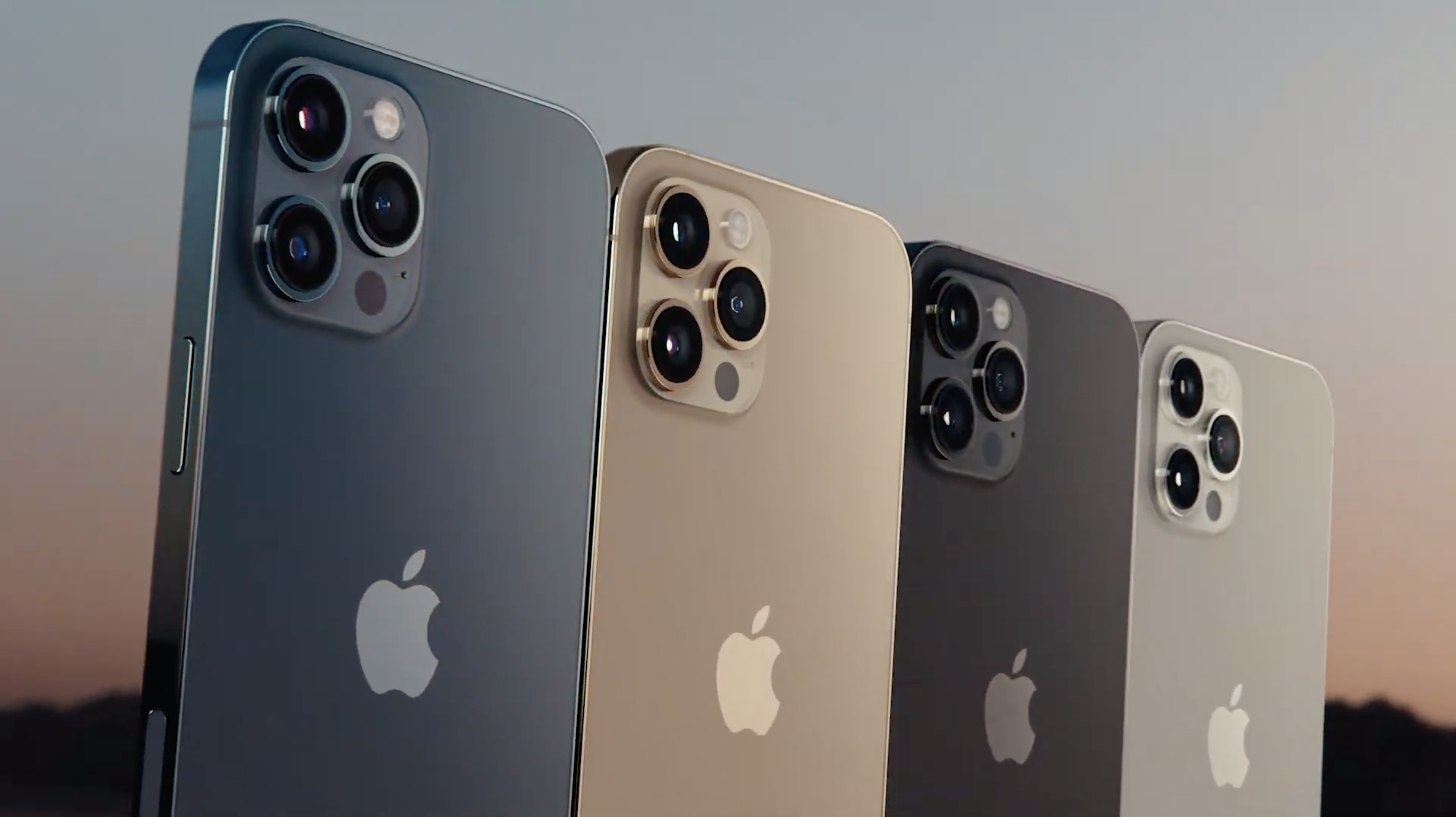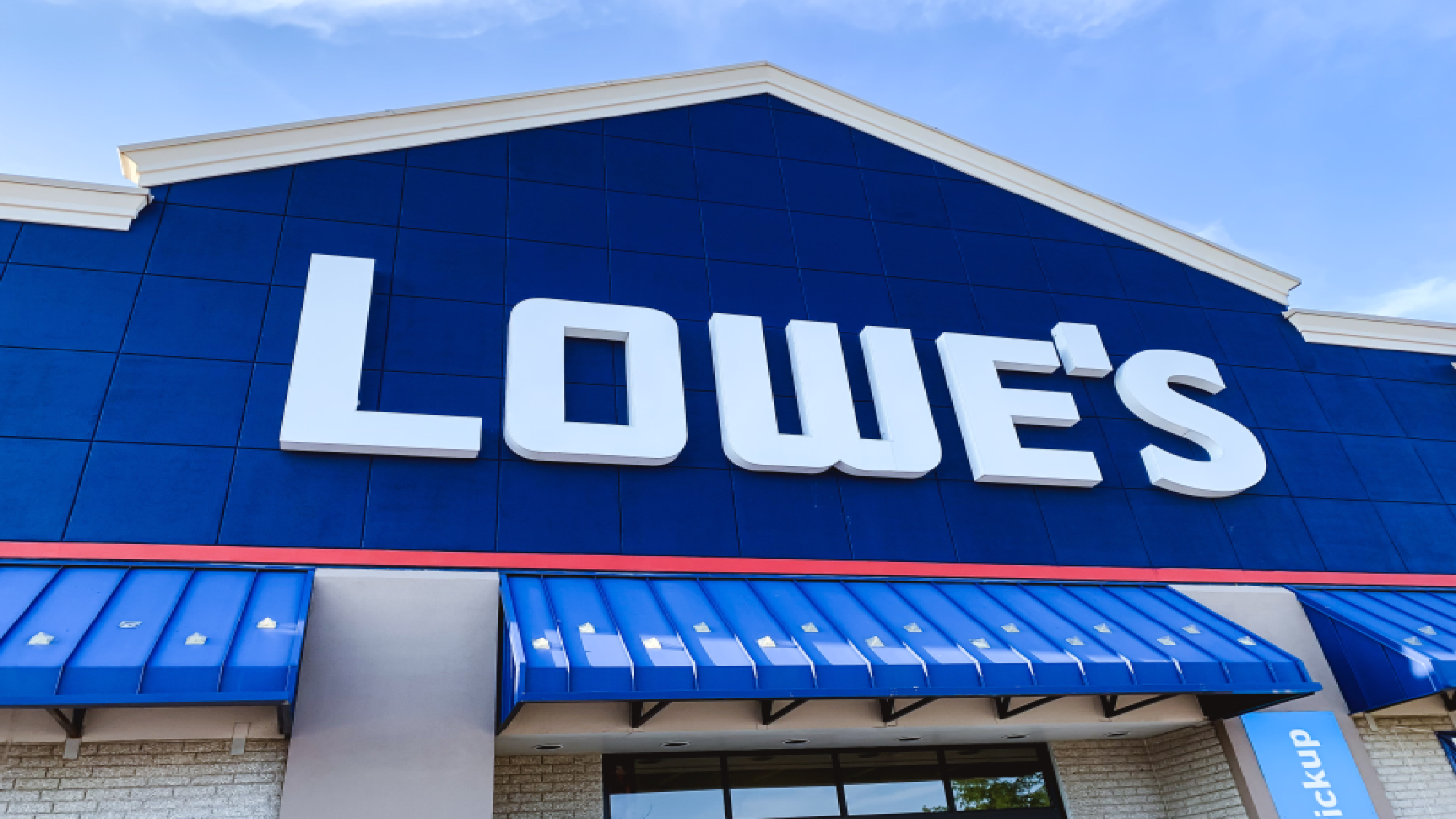Apple ProRAW — iPhone 12 Pro’s killer photography feature explained
Here’s how Apple ProRAW will supercharge iPhone 12 Pro photography

Apple’s iPhone 12 Pro is promising some serious photography capabilities over both its predecessor and the standard iPhone 12. And with that upgrade comes the debut of Apple ProRAW.
This new imaging format has been designed to tap into the upgraded triple rear camera array on both the iPhone 12 Pro and iPhone 12 Pro Max, which also feature a LiDAR sensor to gather more image information.
- New iPhone 12 release date, price, specs and news
- iPhone 12 pre-orders are live: How to get yours now
- Just in: Samsung Galaxy S21 leak just revealed release date and design
Smartphones have been able to shoot in the RAW format for a while now, but this custom Apple format could usher in a new way to shoot photos rich in data while also tapping into Apple's powerful image processing. Here's what you need to know about Apple ProRAW.
What is ProRAW?
When you snap a RAW photo on either a smartphone or DSLR, it captures a fully uncompressed image. These files are normally a lot larger than the standard JPEG photos many DSLRs and phones capture by default.
These uncompressed images are much bigger in file size thanks to capturing a lot more image data, meaning there is a lot more scope to edit them after you’ve shot them. Professional photographers tend to shoot in the RAW format so they can manipulate the photos using photo editing software such as Photoshop and then process them into images that are suitable for viewing in a digital or physical format.
However, shooting in RAW means all the computational photography smartphones apply to camera shots aren't applied to the captured image. This means to get features like advanced HDR photo processing, you need to shoot in a processed image format, like JPEG, and thus lose out on the ability to deeply manipulate images in editing software.

Basically, RAW or JPEG formats require some form of compromise in either convenience or depth of editing. But Apple’s ProRAW format aims to remove those compromises.
Get instant access to breaking news, the hottest reviews, great deals and helpful tips.
ProRAW, in a nutshell, will capture RAW images but apply some image processing on top. This includes merging frames from several shots captured by the cameras on the iPhone 12 Pro, using Apple’s Deep Fusion and Smart HDR tech, or applying noise reduction. But it will still leave some room for editing things like color, exposure and contrast in the same depth that can be had with the RAW format.
Think of it like this: producing a finished image from RAW is like cooking a meal from scratch, including prepping all the ingredients. JPEG images on the other hand are the cooked meal. So using this analogy, ProRAW is like cooking a meal, only you have all the ingredients that are measured out and ready to use. Effectively, ProRAW provides base processing on an image for people to then much easier edit into final photographs.
What are the benefits of ProRAW?

You can think of ProRAW as a helping hand to your photo editing. Sorting out things like white balance and using Smart HDR 3 to pickout details and texture in RAW shots, provides a better foundation image for people to then build upon with editing.
Doing this avoids the sometimes intimidating process of editing RAW photos from scratch, which was probably why Apple’s not offered RAW shooting on its iPhones until now. Without any processing, RAW images can look a bit flat and disappointing and can be a challenge for people inexperienced with photo manipulation to tweak to their satisfaction.
So ProRAW will take care of the difficult parts of getting an image into shape for more refined editing, and leave finer and artistic tweaks to manual editing. Calling it ProRAW might be a bit of a misnomer as this is more of a tool for people unused or manipulating RAW images.
That being said, for professional photographers or experienced photography enthusiasts who happen to be shooting on an iPhone 12 Pro rather than a DSLR, ProRAW could significantly speed up the time it takes to produce a finished photograph from a RAW shot.
Is ProRAW the future of photography?

Smartphone photography has improved so much that even mid-range phones can capture impressive photographs. But they still can’t compete with DSLR cameras in terms of fidelity and quality of photographs. And ProRAW won’t change that.
But it can be seen as a neat evolution of smartphone photography whereby people are provided the tools to get into deeper image manipulation but are also backed up by powerful computation photography.
We’ve yet to try out the iPhone 12 Pro with ProRAW, but it’s definitely an interesting feature we’d been keen to put to the test. And if it proves to be a strong tool in getting better smartphone camera shots, then we can expect other smartphone makers like Samsung, Sony, and OnePlus to make their own takes on ProRAW.
With ProRAW, the iPhone 12 could raise the smartphone photography bar. That means upcoming phones like the Samsung Galaxy S21 will really need to up their camera game in 2021.
- What's different? iPhone 12 vs iPhone 11
- iPhone 12 Pro and iPhone 12 Pro Max: Everything you need to know

Roland Moore-Colyer a Managing Editor at Tom’s Guide with a focus on news, features and opinion articles. He often writes about gaming, phones, laptops and other bits of hardware; he’s also got an interest in cars. When not at his desk Roland can be found wandering around London, often with a look of curiosity on his face.
 Club Benefits
Club Benefits





